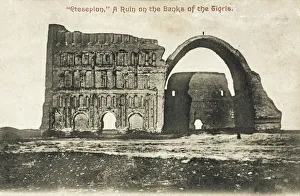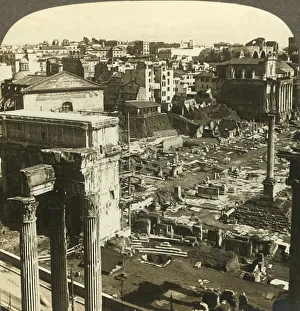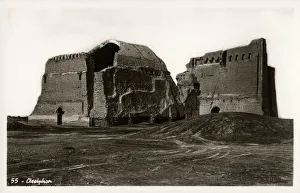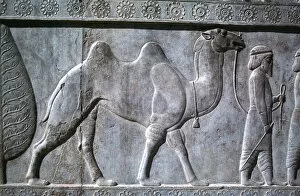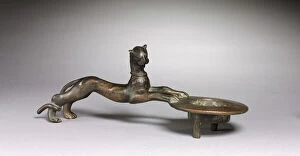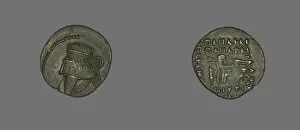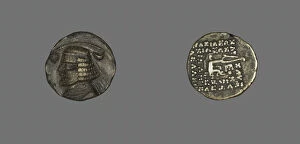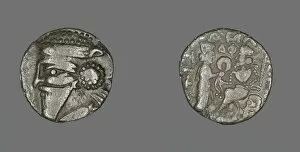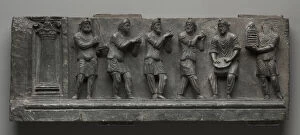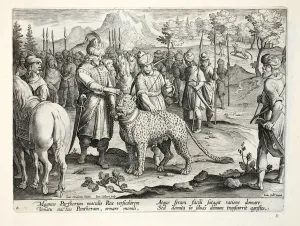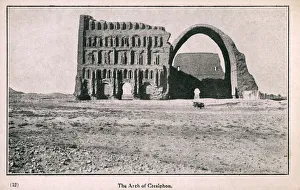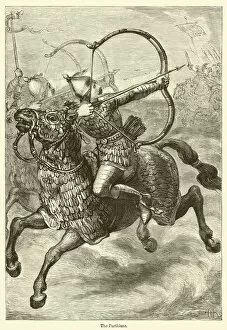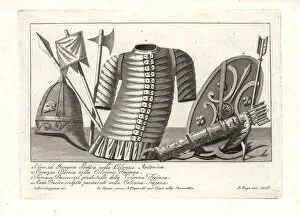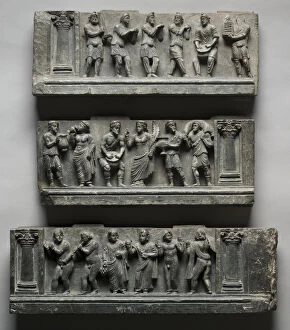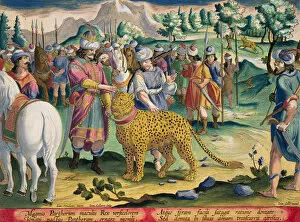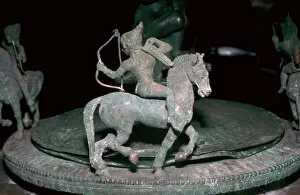Parthian Collection
"Unveiling the Parthian Empire: A Glimpse into Ancient Splendor" Step back in time and immerse yourself in the captivating world of Parthia
All Professionally Made to Order for Quick Shipping
"Unveiling the Parthian Empire: A Glimpse into Ancient Splendor" Step back in time and immerse yourself in the captivating world of Parthia, a once-mighty empire that left an indelible mark on history. From the grandeur of H. M. S. Poseidon sailing through uncharted waters to the majestic Arch of Ctesiphon standing tall in Iraq, each hint unravels a tale of power and opulence. Journey to Rome, where the Temple of Vespasian and Arch of Severus beckon with their timeless allure. These architectural marvels transport us to an era when empires clashed and civilizations flourished. Explore further east, where The Taq Kisra at Ctesiphon stands as a testament to Parthian ingenuity. Its towering arches whisper secrets from centuries past, inviting us to unravel its mysteries. Delve into historical events like The Death of Marcus Licinius Crassus depicted vividly in oil on panel. This poignant artwork captures the downfall of a Roman general at the hands of formidable Parthian forces. Marvel at intricate craftsmanship with the Feline-Handled Incense Burner, cast in bronze over two millennia ago. Its delicate design reflects both artistic finesse and cultural significance. Witness fortifications that stood strong against invaders as you gaze upon exterior views of mud-and-clay walls surrounding ancient citadels. These structures evoke images of warriors defending their homeland with unwavering determination. Coins portraying kings such as Mithradates IV, Gotarzes II, Orodes I, Phraate IV, and Mithridates II offer glimpses into royal lineage and political power struggles within this enigmatic empire. The Parthians' legacy lives on through these remnants scattered across time and space – relics that unlock stories waiting to be told. Join us on this journey through history's corridors, where the Parthian Empire reigns supreme.


